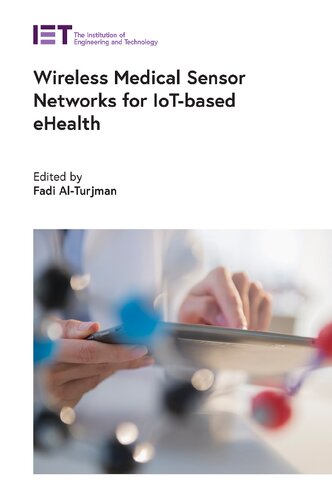

Most ebook files are in PDF format, so you can easily read them using various software such as Foxit Reader or directly on the Google Chrome browser.
Some ebook files are released by publishers in other formats such as .awz, .mobi, .epub, .fb2, etc. You may need to install specific software to read these formats on mobile/PC, such as Calibre.
Please read the tutorial at this link: https://ebookbell.com/faq
We offer FREE conversion to the popular formats you request; however, this may take some time. Therefore, right after payment, please email us, and we will try to provide the service as quickly as possible.
For some exceptional file formats or broken links (if any), please refrain from opening any disputes. Instead, email us first, and we will try to assist within a maximum of 6 hours.
EbookBell Team

0.0
0 reviewsInternet of Things (IoT) enabled technology is evolving healthcare from conventional hub-based systems to more personalized eHealth systems, enabling faster and safer preventive care, lower overall cost, improved patient-centric practice and enhanced sustainability. Efficient IoT-enabled eHealth systems can be realized by providing highly customized access to rich medical information and efficient clinical decisions to each individual with unobtrusive monitoring. Wireless medical sensor networks (WMSNs) are at the heart of this concept, and their development is a key issue if such a concept is to achieve its potential.
This book addresses the major challenges in realizing WMSNs in forthcoming IoT-based eHealth systems. Challenges vary from cost and energy efficiency to security and service quality, and to tackle such challenges WMSNs must meet certain expectations and requirements such as size constraints, manufacturing costs and resistance to environmental factors existing at deployment locations. Reflecting this the book focuses on both design and implementation aspects.
Topics covered include the impact of medical sensor networks in smart-cities; an evaluation of mobile patient monitoring technologies; overview of wireless sensor devices in medical applications; cyber security issues in WMSNs and eHealth; smart hospital rooms and automated systems; medical sensor capabilities in smart cloud networks; swarm intelligence based medical diagnosis systems; and smart systems and device for the blind.